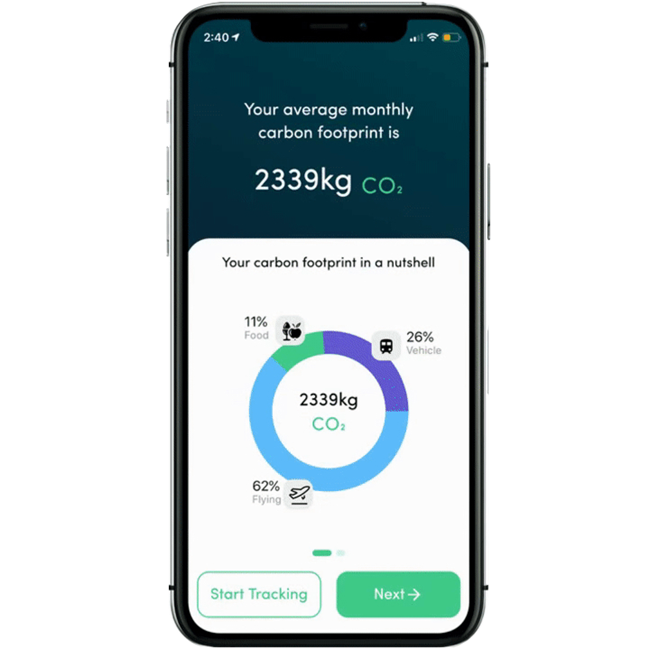-
Quintet Group
Choose your location
- Contact Us
Choose your location
Menu
-
What We Do
What We Do
In the complex world of wealth management, our approach is remarkably simple.

-
About Us
Get to know usWe’ve always believed that the first step to building wealth is building relationships.

-
Sustainability
The importance of ESGWe place environmental, social and governance (ESG) characteristics at the heart of our business and as a driver of your investments.

- Our People
-
Insights
- Insights
- News & Insights
- Counterpoint Outlook 2024
- Our 2023 Mid-year outlook
- Our 2023 outlook
- What is a richer life?
Counterpoint Outlook 2024: Cutting through the noiseSimplifying the investment landscape in complex markets.
- My Brown Shipley


